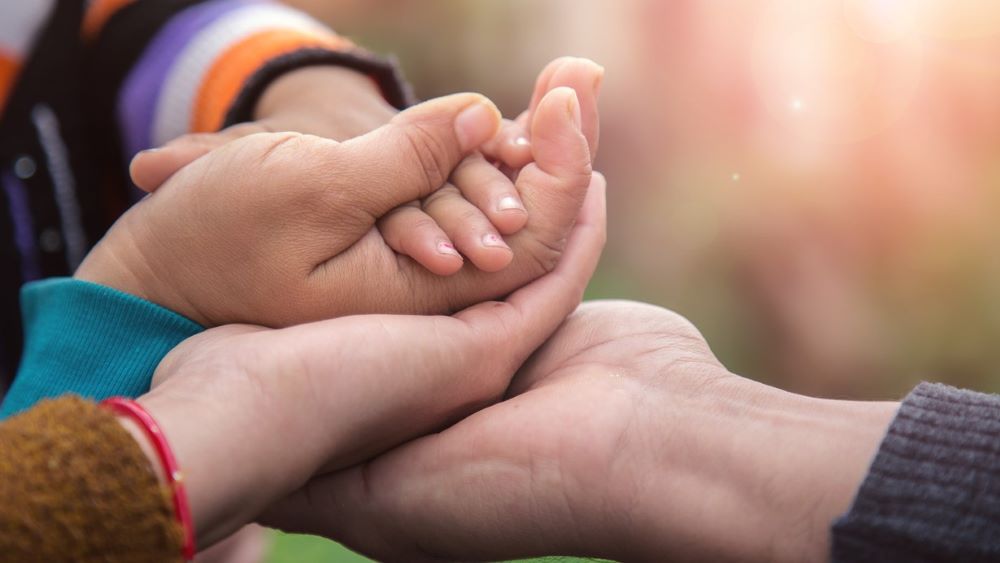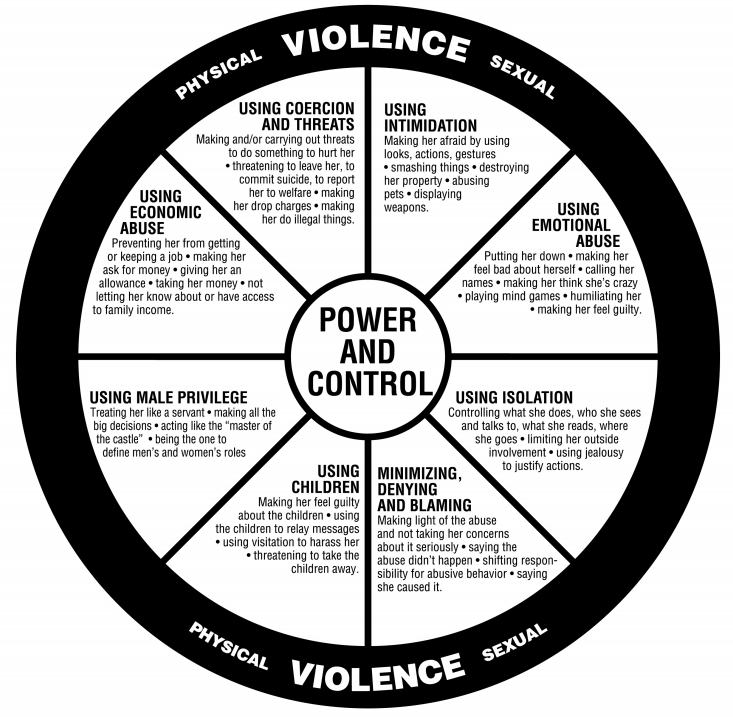Domestic violence is more common than you might think
We need to talk about it.
Content warning: In support of trauma-informed communication, please be aware that this article references topics relating to intimate partner violence. If you need help, visit the resources at the end of this article for a list of hotlines and local organizations.

Domestic violence is common. 1 in 4 women, 1 in 7 men and up to half of transgender and non-binary individuals will experience intimate partner violence in their lifetime. Youth are also affected in high numbers: 1 in 3 teens will experience some form of relationship abuse. Tragically, in Oregon, 1 in 5 murders are related to domestic violence.
Despite these staggering numbers, we don’t talk about it enough.
Raphael House of Portland, a gender-inclusive non-profit dedicated to supporting all survivors of domestic abuse, aims to change that. In addition to helping families fleeing domestic violence find safety and support, Raphael House also raises awareness about domestic violence through education and training.
“Our goal is to prevent violence in the first place,” says Morgan Evans, a staff member at Raphael House. “We work with high schools, health care groups and other community partners to share what we know about intimate partner violence and lay the foundation for a better future.”
In recognition of Domestic Violence Awareness Month, we are partnering with Raphael House to shed light on this important topic and to share resources and information on how you can help.
How do you define domestic violence?
Domestic violence does not discriminate. It affects people across all ages, ethnicities, religions, gender identities and income or education levels. It can happen in marriage, but also when people are living together or dating.
Domestic or intimate partner violence is:
- A pattern of behaviors
- Intentional and systemic
- Used to control or hold power over another person
The abuser often targets the victim’s insecurities. They may cause direct harm or threaten to do so. They may make the victim believe they are irrational or unwell and/or isolate them to better maintain control.

When people hear the term “domestic violence,” they often think of physical or sexual abuse. However, there are many ways an abuser exerts power. The Domestic Abuse Intervention Programs’ Power and Control Wheel is a visual representation of the different forms abuse can take. These can include:
- Financial abuse – preventing access to or making someone ask for money, controlling employment status, damaging their credit
- Social abuse or isolation – controlling where someone goes or who they talk to
- Emotional abuse – calling them names, damanging their self esteem, convincing a partner they deserve abuse, playing mind games
“Abuse can take many forms, with different types often all happening at once,” explains Evans. “It’s important to know how to recognize the signs of abuse in your own relationships and those of others.”
For more information on the Power and Control Wheel, visit the Domestic Abuse Intervention Programs website.
Why don’t people “just leave” their abusers?
Leaving an abusive relationship is complicated and can be very dangerous.
- It typically takes 7 attempts to leave an abusive relationship.
- The moment someone tries to flee is when they – and their children, pets or other family members - are at the highest risk of violence.
- Sometimes, a person may choose to stay because it is the safest choice at that time.
- Financial abuse happens in 99% of domestic violence relationships. It often leaves survivors without the resources they need to support themselves and their children away from their abuser.
How to best support survivors
What to say
“We recommend first and foremost that people listen without judgment,” says Evans. “Ask survivors what they need and how you can best support them, while recognizing their efforts to stay safe.”
Raphael House also urges people not to pressure anyone to flee. Survivors are the experts in their own lives. They know what’s safest and best for themselves and their children. Instead, let them know their feelings are valid and that they deserve to be treated with respect.
Have resources ready
You can help survivors connect with support and create a safety plan by sharing the names and contact information for domestic violence agencies. You can also direct them to the following agencies’ websites for more resources about creating a safety plan, signs of abuse, teen dating violence and how to further access services.
Local resources
24-hour hotlines:
Raphael House of Portland
503-222-6222
Call to Safety
503-235-5333 or 888-235-5333
Linea de crisis disponible las 24 horas:
Proyecto UNICA
503-232-4448 o 888-232-4448
Business hours only hotline:
National resources
24-hour hotlines:
National Domestic Violence Hotline
thehotline.org
espanol.thehotline.org
800-799-SAFE
Love is Respect (for teens and young adults)
loveisrespect.org
espanol.loveisrespect.org
866-331-9474 or text LOVEIS to 22522
Get involved!
Raphael House and other organizations that support survivors welcome donations, volunteers and community advocates. Host a supply drive to bring much-needed items to shelters. You may also consider hosting a training at your work, school or other community group.
“Locally, we have a lot of people needing support,” says Evans. “There are so many ways to help survivors get to safety and also prevent domestic violence in our community. We encourage everyone who can to get involved in this critical work.”